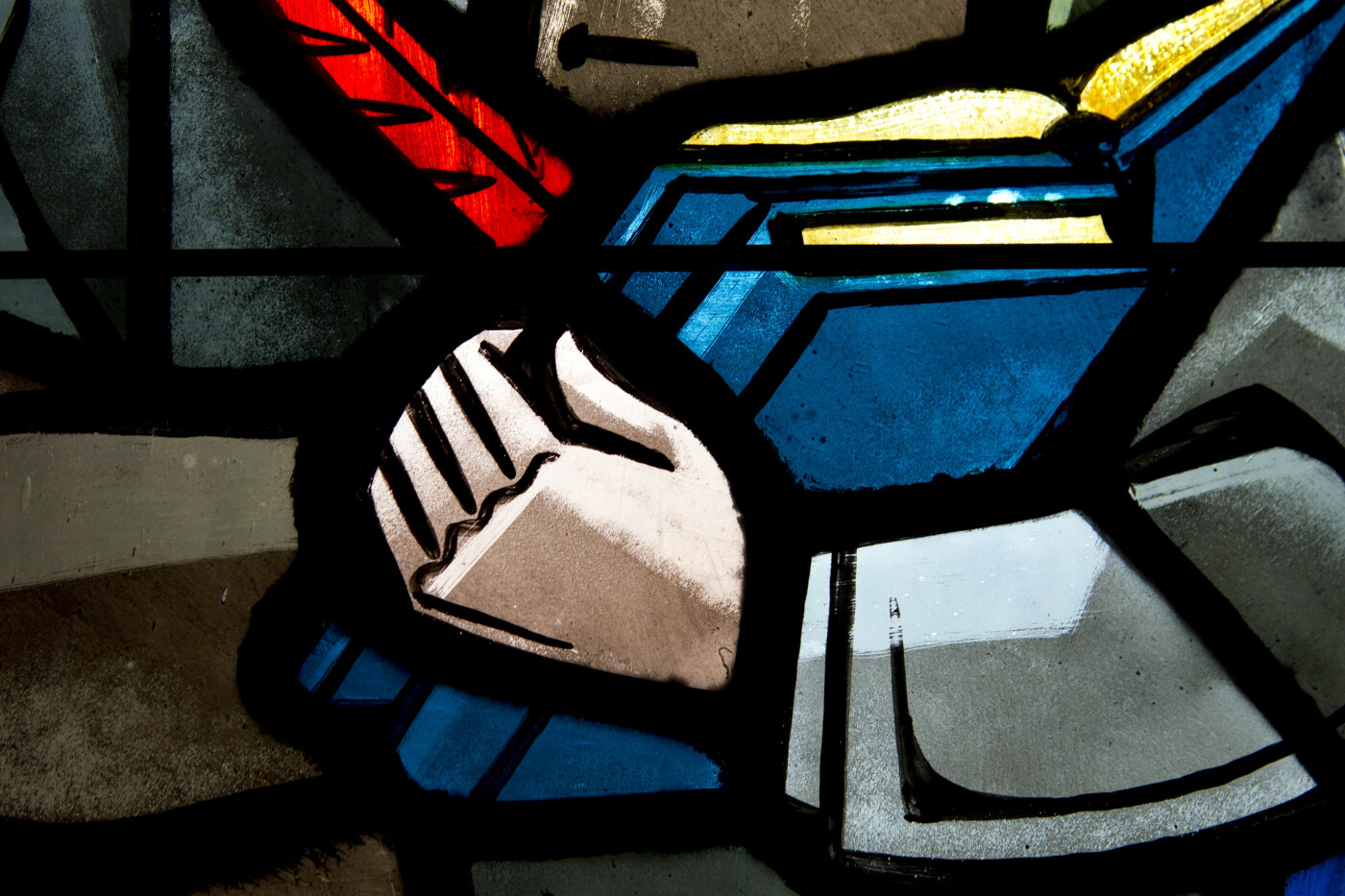Theology Matters: Where is the Old Covenant Found?
Where is the Old Covenant found? To pin down its singular origin and location in Scripture is nearly impossible—like looking in an ice cream case for one flavor that tastes good. All the flavors are delicious, and all the stories of the Old Testament point toward a covenantal relationship between God and Israel. And yet, when we think of the Old Covenant, we typically think of Abraham, or maybe Noah. We tend toward the micro instead of the macro, the instances rather than the Covenant itself. As J.I. Packer put it, “God's covenant of grace in Scripture is one of those things that are too big to be easily seen, particularly when one's mind is programmed to look at something smaller.”
There are any number of covenants made between God and the people of Israel, depending on which theologian you ask. But one thing is almost universally understood—the Old Covenant is a bond established by God with Israel before the birth of Christ. We think of it as distinct from the cross—the Old Covenant in comparison to the New—found somewhere between Genesis and the prophets, but not in the Gospels.
The promises begin with Adam. God created mankind and, “blessed them, and God said to them, ‘Be fruitful and multiply, and fill the earth and subdue it; and have dominion over the fish of the sea and over the birds of the air and over every living thing that moves upon the earth.’” (Genesis 1:28, NRSV). In the second creation story, there is a condition attached: do not eat of the fruit of the tree of knowledge of good and evil.
From that moment, from that first covenant, a bond is established that is sustained by God with the people of Israel. God bids Noah to fill the earth and promises never to destroy it by flood again. God calls Abraham to move to a foreign land and promises to bless him so that he will be a blessing. God gives the law to Moses and the people on Sinai before bringing them into the Promised Land. God declares that if Aaron’s descendants will serve Him, they will be set apart as priests. God places David on the throne of Israel and promises that his descendants will be seated on that throne forever. And yet, none of these individual promises is the Old Covenant itself.
There is a theme that is infused in each of the promises that was made in the Old Testament. Repeatedly, the people are asked to live faithfully: to abstain from eating the fruit of one tree, to leave a homeland, to follow a law, to dedicate one’s children to priestly ministry, to be a king who knows the heart of the Lord and rules with mercy and justice. But the promises made by the people are broken. And yet, God holds up his end of the bargain. The Old Covenant, boiled down, is God’s faithfulness in the face of Israel’s near-constant disobedience.
So where do we find the Old Covenant? It is found anytime God is faithful to his promise to Israel, even when Israel is not faithful to him. That may be the biggest difference between the story we read in the Hebrew Scriptures and the New Covenant of the Cross. At last, a human person, the Son of Man who is God Incarnate, is faithful on our behalf. We find God’s faithfulness and covenantal love meeting together with the perfect, fully human response, together on the cross in Christ Jesus.


